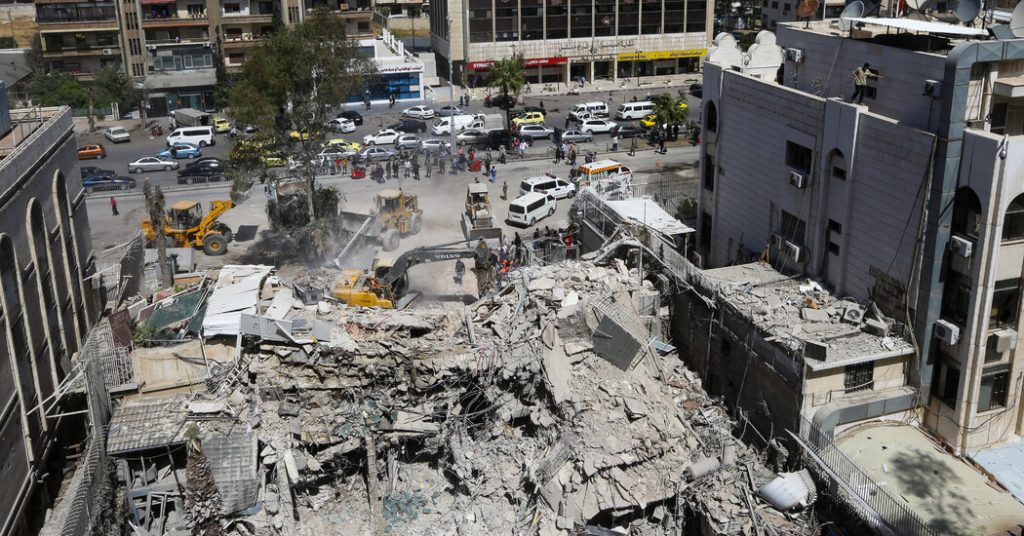For decades, Israel and Iran have engaged in a shadow war across the Middle East, utilizing various forms of clandestine attacks by land, sea, air, and in cyberspaces. The recent barrage of drones and missiles launched by Iran at Israel marked a significant moment in this ongoing conflict, as it was the first time Iran directly attacked Israel from its own territory. Historically, Iran has used foreign proxies to strike Israeli interests, while Israel has employed targeted assassinations of Iranian military leaders and nuclear scientists as part of its strategy.
In January 2020, Israel celebrated the assassination of Maj. Gen. Qassim Suleimani, the commander of Iran’s Islamic Revolutionary Guards Corps, carried out by an American drone strike in Baghdad. Iran retaliated by attacking two bases in Iraq that housed American troops, injuring approximately 100 U.S. military personnel. This exchange highlighted the tensions between the two countries and the regional implications of their conflict.
Throughout 2021 and 2022, a series of attacks and assassinations occurred between Israel and Iran. In July 2021, an oil tanker managed by an Israeli-owned company was attacked, resulting in the deaths of two crew members. The attack was believed to have been carried out by Iranian drones, although Iran did not explicitly claim responsibility. Israel followed up with the assassination of Iran’s top nuclear scientist, Mohsen Fakhrizadeh, and a Revolutionary Guards commander in the following months.
In December 2023, amid escalating tensions, Iranian-backed militias increased their attacks in response to Israel’s bombardment of Gaza. Iran accused Israel of killing a high-level military figure in a missile strike in Syria, despite Israel not directly confirming involvement. In January 2024, an explosion in Beirut killed a Hamas leader along with two commanders from the group’s armed wing, leading to heightened aggression from Hezbollah, a group supported by Iran. Iran also accused Israel of launching an airstrike in Damascus, resulting in the deaths of several senior Iranian military figures.
In March and April, the conflict escalated further with an Israeli drone strike in southern Lebanon killing at least one person and targeting the deputy commander of Hezbollah’s rocket and missile unit. This strike was followed by a series of airstrikes near Aleppo in northern Syria that resulted in significant casualties. While Israel did not officially claim responsibility for these attacks, they stated their intention to continue pressuring Hezbollah. The conflict culminated in Israeli warplanes striking an Iranian Embassy building in Damascus, resulting in the deaths of three top Iranian commanders and four officers.
Overall, the ongoing conflict between Israel and Iran has been characterized by a series of targeted attacks, assassinations, and retaliatory strikes across the Middle East. Both countries have utilized various means to inflict damage on each other and further their strategic objectives. The recent escalation in hostilities underscores the complex and volatile nature of the regional dynamics and the potential for further escalation in the future.


